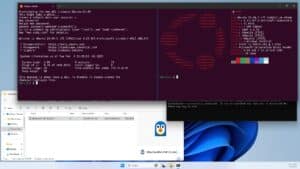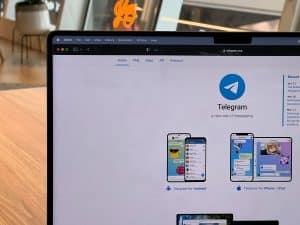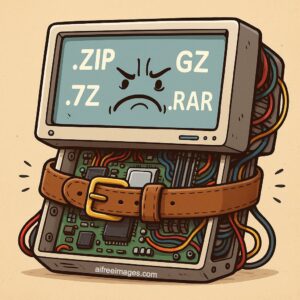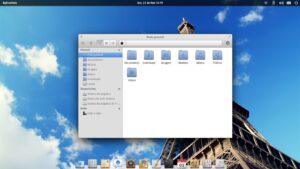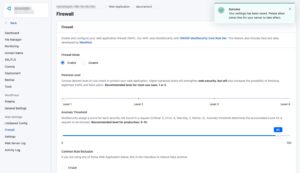w3af (Web Application Attack and Audit Framework) is a complete open-source environment designed for vulnerability assessment and penetration testing of web applications. Created by Andrés Riancho and maintained by the community, it combines a wide range of plugins to discover, exploit, and report flaws in HTTP/HTTPS applications within an integrated and reproducible workflow.
What does w3af offer?
- A set of plugins for reconnaissance, exploitation, injection, fuzzing, and auditing.
- Graphical interface (GTK) for interactive use and a console/CLI mode for automation.
- REST API that allows orchestrating scans from other tools or integrating them into pipelines.
- Integration with Metasploit and capabilities to run payloads and proxy traffic through compromised hosts.
- Support for false positives/negatives, preconfigured profiles, and advanced customization of tests.
Main components
- Crawling plugins to detect the attack surface.
- Audit plugins for XSS, SQLi, CSRF, LFI/RFI, form overflows, and other web vectors.
- Fuzzers and payload generators.
- Authentication modules (Basic, NTLM, form-based) and cookie/header management.
- REST API module to expose w3af features to external apps and CI pipelines.
Common use cases
- Web application pentesting: from quick reconnaissance to deep audits and exploitation.
- API security assessment: scanning REST APIs with OpenAPI/Swagger or by feeding HTTP requests.
- CI/CD integration: automated scans inside testing pipelines (with containers or dedicated agents).
- Education and research: labs and training scenarios in application security.
Installation and supported platforms
w3af’s documentation provides detailed guides for several installation methods:
- Direct installation on Linux systems with dependencies (Python, native libraries).
- Kali Linux, where it may be preinstalled or easy to add.
- Running inside Docker, recommended for isolated and reproducible environments.
- macOS installation and use of virtualenv to keep dependencies clean.
Official docs include advanced installation, updating, troubleshooting, and Docker usage.
Usage: GUI, console, and automation
- GTK interface: ideal for interactive audits. Configure plugins, start scans, and review results graphically.
- Console/CLI: for quick operation, scripting, and server-side use.
- Automation with scripts: w3af supports scripts to orchestrate repeatable workflows.
- REST API: runs a service exposing resources like
/scans/,/kb/,/traffic/, making integration straightforward.
Best practices and recommendations
- Prepare scan profiles based on objectives (quick, exhaustive, destructive vs. non-destructive).
- Handle authentication correctly (form logins, NTLM, cookies) to scan protected areas.
- Run in isolated environments (Docker/VMs) to avoid unintended impact on production.
- Review and filter results to minimize false positives and prioritize findings by risk.
- Stay updated: w3af receives patches and improvements; tracking the right branch ensures better coverage.
Limitations and legal considerations
- w3af is powerful: its use must always be authorized and comply with applicable laws.
- On production systems, scans should run off-peak with backups and contingency plans in place.
- Exploitation tests may cause side effects (load, data corruption); scope and risks should always be documented.
Resources and where to start
- GitHub repository (code, issues, contributions, releases).
- Official documentation (installation, GUI, REST API, examples, profiles, troubleshooting).
- Community channels: mailing lists, IRC, and social networks.
In summary: w3af is a mature, versatile platform for web security auditing. Its plugins, GUI, REST API, and deployment options (including Docker) make it suitable for both professional pentesters and in-house security teams. Still, its power comes with responsibility: always operate with permission and awareness of operational impact.
Official Source
- w3af — Web Application Attack and Audit Framework: https://github.com/andresriancho/w3af


